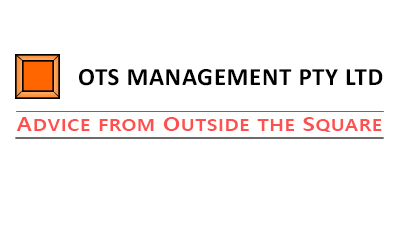I have heard it said that Indigenous corporations are the most studied, with all kinds of reviews, studies, analyses and reports on the performance of Indigenous corporations. If you relate to that you will also relate to the proposal that Indigenous Directors of these corporations have been through the most governance training than any other group!
Directors have had specialist workshops on governance, they have attended previous ATSIC sponsored training on governance, they have been sent to ORIC governance training, some have even attended training from the Australian Institute of Company Directors!
And yet, improving Board performance is still a hot topic. What can we do to embed "good governance" into practice?
There are three elements that work together to create a well-performing Board, and the excellence of all three elements is crucial to the effectiveness of the Board's activity and impact.
These three elements are:-
- Board Structure and Formal Processes;
- Board Competencies; and
- Board Behaviours.
Board Structure and Formal Processes
The Board has to be "structured" for best practice, in that it needs to have individuals who are competent as Directors, but who also bring their different set of skills and life-experiences to the table.
The Board's sub-committees need to be structured correctly, being the most appropriate for the tasks in front of that particular Board. Some Boards may need, for example, an Audit and Risk Committee as well as a Finance Committee. Others may combine the two. Some Boards may need a nominations committee, some may not. The key is to identify the appropriate needs, and build them into the structure.
The Board structure must also build in the appropriate Charters and Terms of Reference for Board and Committee members to sign up to and adhere to. These define roles and responsibilities, and the extent of powers and delegation.
Other processes and documentation must support these basic structures:
- Agenda and Minutes templates and circulation processes;
- Induction kits;
- Attendance and engagement policies;
- Periodic self-assessment processes and documents;
- and so on.
Without formal structures and accompanying documents, policies and procedures, Boards need to reinvent the wheel each time and spend too much time on process. Instead the operation, roles and responsibilities should be set up clearly up front.
Board Competencies
The Board needs to be clear (and have documented) what skills and experiences its members bring. These can include "hard skills" such as knowledge of the grant environment and finance, as well as "soft skills" such as the ability to resolve disputes. As well, note needs to be taken about the experience and authority they bring in terms of cultural knowledge and authority, and the networks that they are part of. In other words "competency is not merely about learning skills.
The Board must also be competent and knowledgeable about their legal roles and responsibilities. This is probably the area in which much of past training has been provided.
In helping Board performance, the reiteration of roles and responsibilities in day to day practice is critical - for people who are neither lawyers nor have experience in the commercial world, these are not easy concepts to grasp after one workshop.
Board competencies (and gaps) can be improved with group or individual training programs, as well as through the use of independent Directors to fill certain gaps.
Board Behaviours
This element is probably the hardest to change. It is not unusual that most Directors of an Indigenous corporation have plenty of experience sitting on association and community group committees. However many would not have had the experience of sitting on ORIC or ASIC corporation Boards and their different levels of precedence and legal standing.
Therefore to this extent, individuals' behaviours more appropriate to committees may be out of place on the Board. For example, how does the Chairperson run the meeting? How do Board members handle a stalemate? How do they treat each other (over and on top of any cultural filter)?
In improving Board performance, inappropriate behaviours need to receive private counselling. All Board members need to practice set and agreed rules and values about how they relate to each other and how to handle disagreement. Again it is about reiteration and repetition - nobody changes their behaviour immediately on being told it is inappropriate even if they agree.
Conclusion
In conclusion, in order to improve your Board's performance, you need to address the three elements of Board structures, Board competencies and Board behaviours.
It takes time.
In our experience when we have worked with Indigenous corporations on governance improvement projects, we have had to work with the Board regularly and over a number of months, if not years, gradually cementing change.
Now, if you are reading this on our social media pages, why not subscribe to our newsletters providing plenty of free ideas to grow your business? Click here http://eepurl.com/cCRyvL and subscribe to get them delivered directly to your inbox. And don't worry, we hate spam too so you can unsubscribe at any time, and we promise never to give your details to anyone else.
Or, if you want to know more about our governance improvement programs and what we can do for you, go to our website at www.otsmanagement.com.au and click on the Contact Us tab to arrange an obligation-free discussion.


